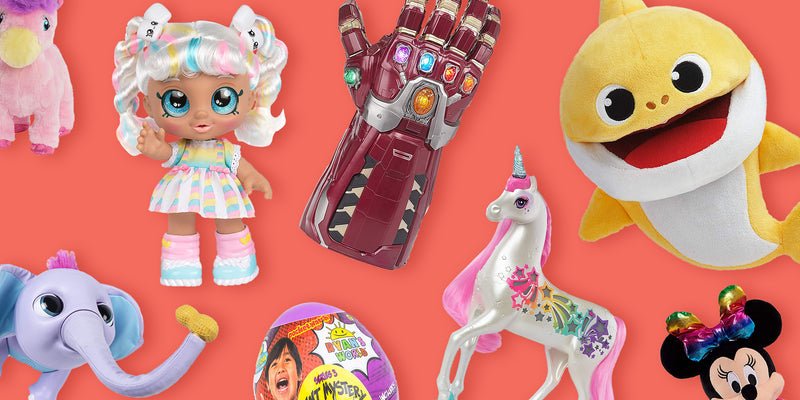
Amazon sells Holiday Toy List sponsorships for as much as $2 million, according to documents reviewed by Bloomberg. The more sponsors pay, the more products they can nominate to be on the list and the more prominently their own products will be featured on the popular website.
We've noticed, as we're sure you have, a proliferation of "Best of" lists and guides in recent years. The other thing we've noticed, in the toy category, is the proliferation of basically junk, made by multi-nationals in China, appearing on those "Best of" lists, rather then actual good toys worth having. And now we now why.
In an era when customer reviews can be gamed and social-media influencers push products without always disclosing that they’re getting paid, consumers sometimes struggle to distinguish between objective online recommendations and paid promotions.
Amazon.com Inc. released its annual holiday toy guide in November, telling customers the Lego Disney castle, VTech’s Magical unicorn and more than 100 other items were “thoughtfully curated to help shoppers quickly tackle even the lengthiest holiday shopping lists.”
What Amazon doesn’t mention are the millions of dollars it charges the toy industry just to be considered for a spot on the popular gift guide.
Amazon sells Holiday Toy List sponsorships for as much as $2 million, according to documents reviewed by Bloomberg. The more sponsors pay, the more products they can nominate to be on the list and the more prominently their own products will be featured on the popular website. Amazon aimed to sell at least $20 million in sponsorships for this year’s list, the documents show. Amazon also published a summer toy list with lower sponsorship prices.
It’s perfectly legal for Amazon to sell advertising on its site. It becomes a problem when the world’s largest online retailer tells shoppers recommendations are curated by experts but doesn’t disclose the money it gets from the toy industry, said Robert Weissman, president of the consumer advocacy group Public Citizen. Because consumers place more value on recommendations from independent sources, he said, companies prefer to keep their financial involvement hidden.
“They don’t write ‘paid ad’ on it because it completely changes how consumers perceive the information,” Weissman said. “If the list is entirely or in part paid advertising, people have a right to know.”
Walmart Inc. charges toymakers $10,000 monthly per product to appear on its “Buyer’s Picks” toy list in November and December, according to documents reviewed by Bloomberg. The company produces other lists, including “Top Rated by Kids,” which uses feedback from children who test and rate more than 100 toys in July but Walmart and its toy suppliers partner to determine which 100 toys will be tested.
Lists are a fast-growing part of Amazon’s advertising business. Amazon holiday gift guides promoting toys, electronics and home goods combined to generate more than $120 million in revenue in 2017, up about 40% from the previous year, according to documents reviewed by Bloomberg.
Public Citizen, the watchdog group, in July lodged a complaint with the FTC about Amazon’s annual summer sale Prime Day, alleging the retailer didn’t do enough to help shoppers differentiate between paid promotions and genuine recommendations. The FTC confirmed receiving the complaint. The annual toy list presents similar concerns, Weissman said.
“When Amazon presents a top 100 toy list,” he said, “it’s a mistake to assume that shoppers understand this is just paid billboard space versus a list Amazon curated itself.”
Here is the link to the full article:
https://www.digitalcommerce360.com/2019/10/17/amazon-charges-millions-for-a-spot-in-its-gift-guide/
